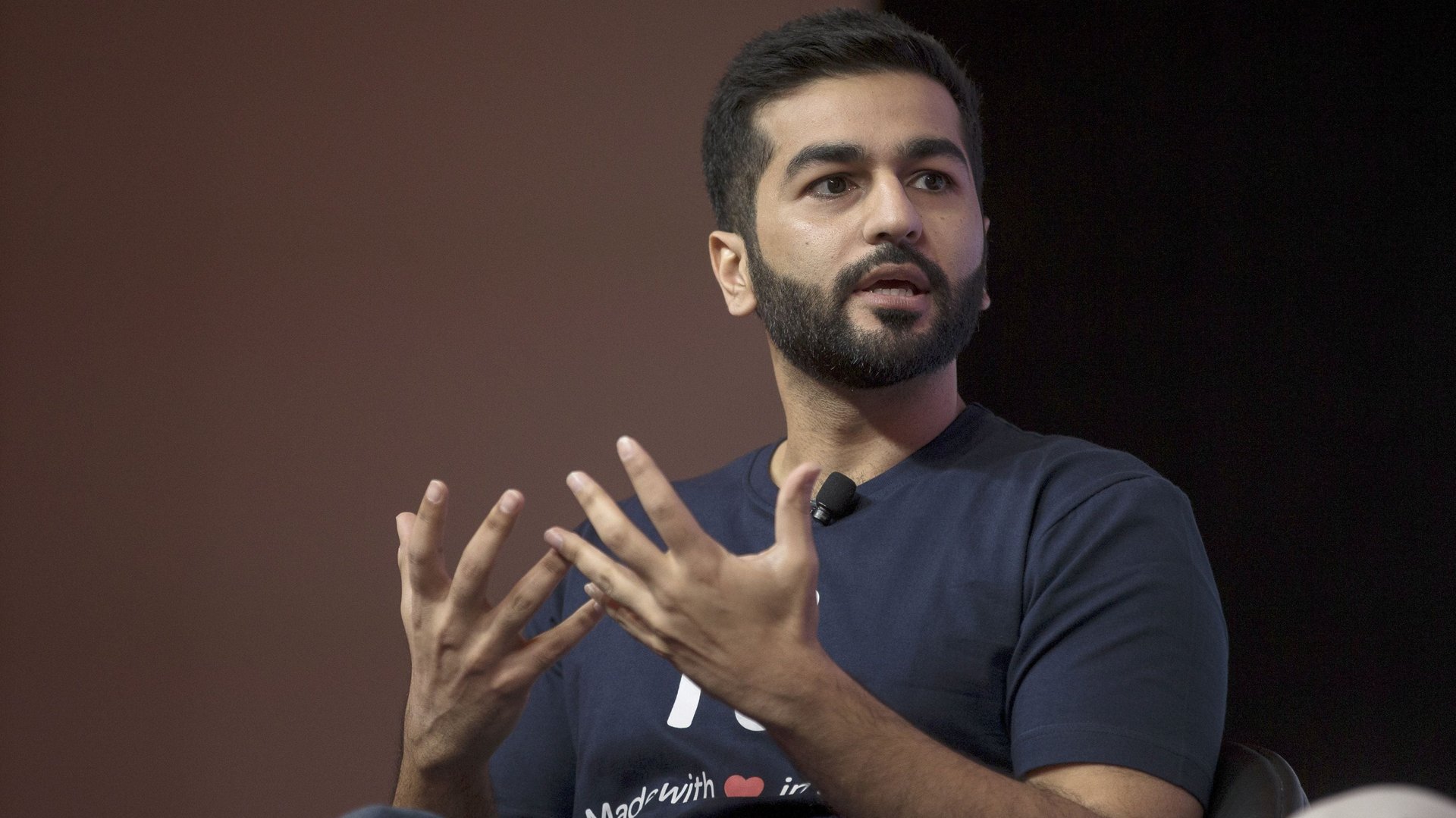Hike shows why super apps don’t work in India the way they do in China
In China, WeChat—a mash-up of WhatsApp, Facebook, Instagram, Yelp, Paypal, Twitter, Uber, Kindle, and more—has become an indispensable part of everyday life for people. The super app provides a long list of services from booking cabs to ordering food delivery to playing games to transferring money, keeping users locked in its ecosystem.


In China, WeChat—a mash-up of WhatsApp, Facebook, Instagram, Yelp, Paypal, Twitter, Uber, Kindle, and more—has become an indispensable part of everyday life for people. The super app provides a long list of services from booking cabs to ordering food delivery to playing games to transferring money, keeping users locked in its ecosystem.
But the creator of India’s popular instant messaging app, Hike, believes this is no China.
Until now, Hike has housed messaging, news updates, digital payments, and cab bookings all under one app-roof. But on Jan. 10, it announced plans to unbundle in 2019.
“In our business the user experience is key and the value isn’t just in the number of users but how engaged they are on our platforms,” said founder and CEO Kavin Bharti Mittal. “Unbundling Hike into multiple apps focused on doing one thing allows us more room in the pixels to deliver much more around one problem.”
Social features like messaging, and content where snackable posts are available, are two segments within the current Hike app that drive high engagement. Users spend upwards of 30 minutes daily in each. Going forward, Hike’s 100 million users will be able to choose between continuing to use the current Hike app or migrating to the specific new apps as they branch off.
Experts think the decision is apt. “India is still in the formative stages when it comes to getting users acquainted to being app-dependent,” said Sanchit Vir Gogia, chief analyst and CEO at Greyhound Research. “Super apps are for more evolved users who have already gone through the learning curve. Hence they do way better in Japan and China, where penetration of smartphones and mobile internet is way better.” In fact, WeChat itself tanked in India.
The move comes eight months after Hike, which began as an instant messenger in 2012, admitted to spreading itself too thin. In the first place, the company didn’t have a clear path to monetisation; acquisitions and employees were weighing heavy on its costs. As part of cleaning up its act, Hike shuttered its Bengaluru office and laid off nearly 25% of its 350-strong workforce in May last year.
“It is also important to understand that bundling makes sense for larger players in the ecosystem. Hike, unfortunately, isn’t one,” said Yugal Joshi, vice-president at Texas-based consulting firm Everest Group. “Therefore, they realise they cannot compete with platform companies at their game of integrating services, so may as well offer dis-aggregated services.”
Evolving strategy
One of the fastest startups to enter the unicorn club (of companies valued at over $1 billion), Hike has so far raised $261 million from many marquee investors, including the Bharti group owned by Kavin’s billionaire father Sunil Bharti Mittal, as well as Chinese internet giant Tencent Holdings.
Interestingly, Tencent backs WeChat. Clearly, Hike took a page from Tencent in its early days, experts say. “But in markets like India, where bandwidth (mobile) isn’t very reliable, users just don’t have enough bandwidth to even run a single app sometimes,” said Gogia.
Other big tech firms have recognised this weakness and released pared down versions of their offerings, be it Facebook Lite or Twitter Lite or LinkedIn Lite. Hike’s attempt to ease the data load is to split the app from one to many.
The bifurcation into a number of apps also helps crack the needs of different types of consumers. “India is incredibly fragmented. We have approximately 235 million regional language internet users,” said Sandeep Murthy, partner at VC firm Lightbox. “The notion of unscaling is very relevant in this context. More and more, people want products that cater to their needs and speak to their habits and geographical idiosyncrasies.”
Moreover, as scrutiny around digital data in terms of security, compliance, and ethics goes up, unbundling the services makes it easier to handle. For instance, the Reserve Bank of India (RBI) deadline for physical KYC for e-wallets applies to the full app—not just one app. “If they don’t do it, their entire set of services bundled in their app will become non-compliant and, therefore, unusable,” said Joshi of Everest Group .
But running multiple apps won’t be a cake walk. First, the tech needs to be put in place for multiple platforms. Then comes the struggle of branding and marketing to acquire users. After all of that, survival is still tough.
“Be it commerce, be it payments, be it content or be it messaging, in all of these four categories where Hike is likely to play, the category leaders and category followers have already been very well established,” said Greyhound’s Gogia. “So, it’s a hard trajectory that they are looking to go at. And scaling up and being successful in each of these categories is going to be really backbreaking.”